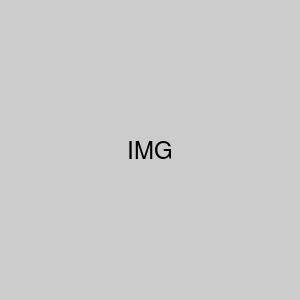Q. (a) List the factors on which scattering of light depends. (b)
What is Tyndals, effect ?
Q. A student sitting on the last bench in a class room cannot read
the black board clearly.
(i) Name the kind of defect of vision the student is suffering
from.
(ii) Name the type of spherical lens he has to use to correct this
defect.
(iii) State two possible reasons for this defect of vision.
Q. Why do stars appear to twinkle while the planets do not ?
Explain with the help of diagram.
Q. Explain with the help of diagram why the sun is visible to us
two minutes before the actual sun-rise and two minutes after the sunset.
Q. (a) What is meant by power of accommodation of eye ? A person
with a defective vision cannot see objects beyond 1.2 m distinctly. What should
be the type of the corrective lens used to restore proper vision ? Draw a diagram
of thus corrected eye. (b) A person having presbyopia uses a bifocal lens to
restore proper vision. Which part of the this lens is convex and which part is
concave ?
Q. Name the part responsible for the power of accommodation of the
human eye.
Q. What is meant by least distance of distinct vision ? How does
this vary between the very young and old people ?
Q. Explain why the colour of the clear sky is blue.
Q. State the cause of dispersion, when white light enters a glass
prism. Explain with a diagram
Q. What is a rainbow ? When and how is it formed ?
Q. Explain the cause of the red colour of the Sun at Sunrise and
Sunset.
Q. List two causes leading to myopia of the eye. Draw ray diagrams
to show the image formation in case of defective eye and corrected eye.
Q. We can see the sun for few minutes even after it has actually
set. Why ?
Q. A student has difficulty in reading the blackboard while
sitting in the last row. What could be the defect of vision the student is
suffering from ? What are the causes for this disorder ?
Q. What is meant by power of accommodation of eye ? The minimum
power of eye lens is 40D. If the far point of normal eye is infinity find the
size of eye ball.
Q. The sky appears dark to the passengers flying at very high
attitudes. Why ?
Q. A child has difficulty in reading the blackboard while sitting
on the last bench in a class room. What could be the
defect the child is suffering from ? List two main causes of this defect.
Q. State the nature of the image formed at the retina of human
eye.
Q. (a) What is the near point of the human eye with normal vision
? (b) Why is a normal eye not able to see clearly the objects placed closer
than the near point ?
Q. The sun appears oval (or flattened) at sunrise and sunset, but
appears circular at noon. Explain, why ?
Q. A student has difficulty in reading the black board while
sitting in the last row
What could be the defect the student is suffering from ? How can
it be corrected ? Draw the ray diagrams for (a) defective eye (b) its
correction.
Q. State the range of the human eye with a normal vision
Q. Q. “Stars seem higher than they actually are” Explain, why?
Q. What is meant by the power of accommodation of the eye? State
the role of ciliary muscles in achieving it.
Q. (a) What is long sightedness? List its causes. (b) How can it be
corrected? Draw the ray diagram for its correction.
Q. Define absolute refractive index of a medium. Light enters from
air to water having refractive index 4/3. Find the speed of light in water. The
speed of light in vacuum is 3x108 m/s.
Q. With the help of a diagram, explain the formation of a rainbow
in the sky.
Q. (i) What is meant by “least distance of distinct vision” ? (ii)
How does iris controls the size of the pupil in bright light and dim light ?
Q. A person can see distant sign boards clearly but cannot read
clearly a book which is at 25 cm from his eye. Identify the defect. Draw a
labelled ray diagram to illustrate how this defect can be corrected.
Q. A person needs a lens of power – 2.5 dioptres for correcting
his vision. Name the defect of vision he is suffering from. Which lens will he
be using for the correction ? Also find the focal length of the lens.
Human Eye & Atmospheric Refraction Solved paper -2
Useful study link from: http://jsuniltutorial.weebly.com/the-human-eye-and-the-colourful-world.html
10th Human eye and Atmospheric refraction Notes
10th Human eye and Atmospheric refraction Notes
Human Eye & Atmospheric Refraction Solved paper -2
Read more key points Visit Links:
|







 13. In the figure given below, find the direction of the current in the wire.
13. In the figure given below, find the direction of the current in the wire.

